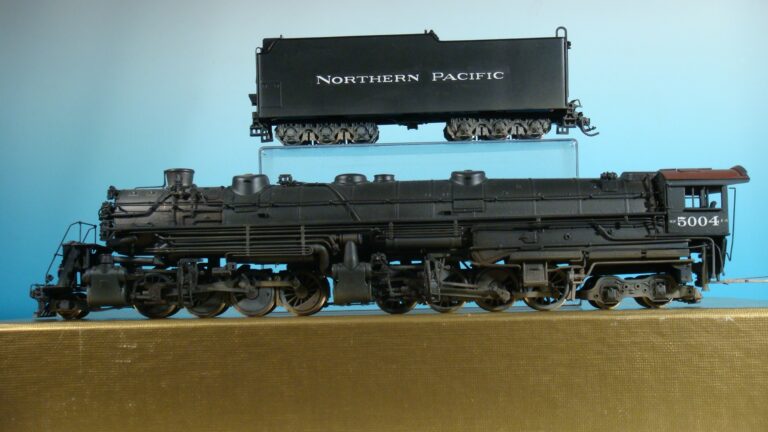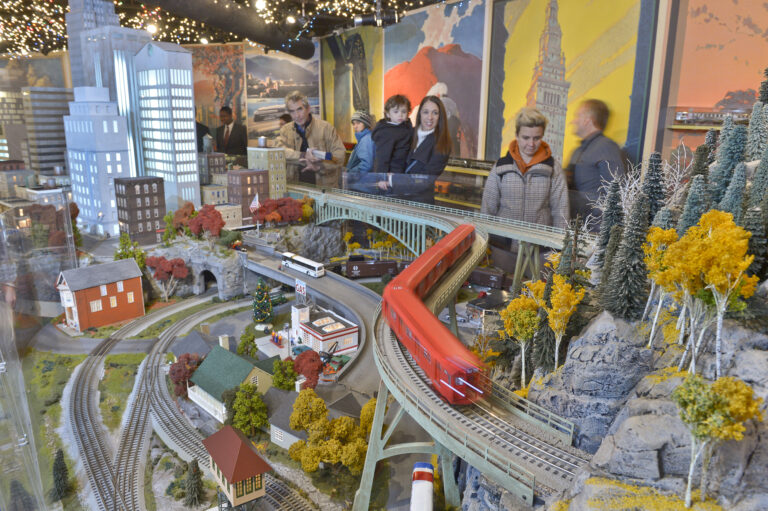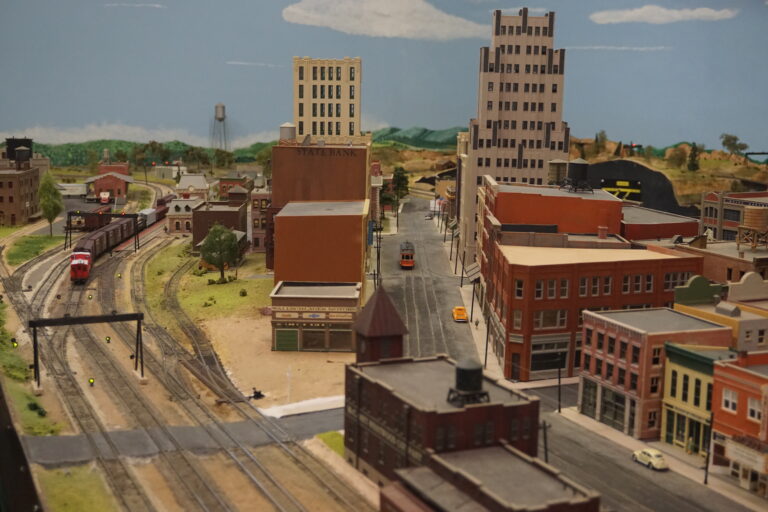What Model Trains Were Made in Yugoslavia? A Collector’s Curiosity
Yugoslavian-made trains occupy a unique niche in the vintage model train world, drawing interest from collectors seeking obscure European artifacts. Here’s what to know about these rare imports.
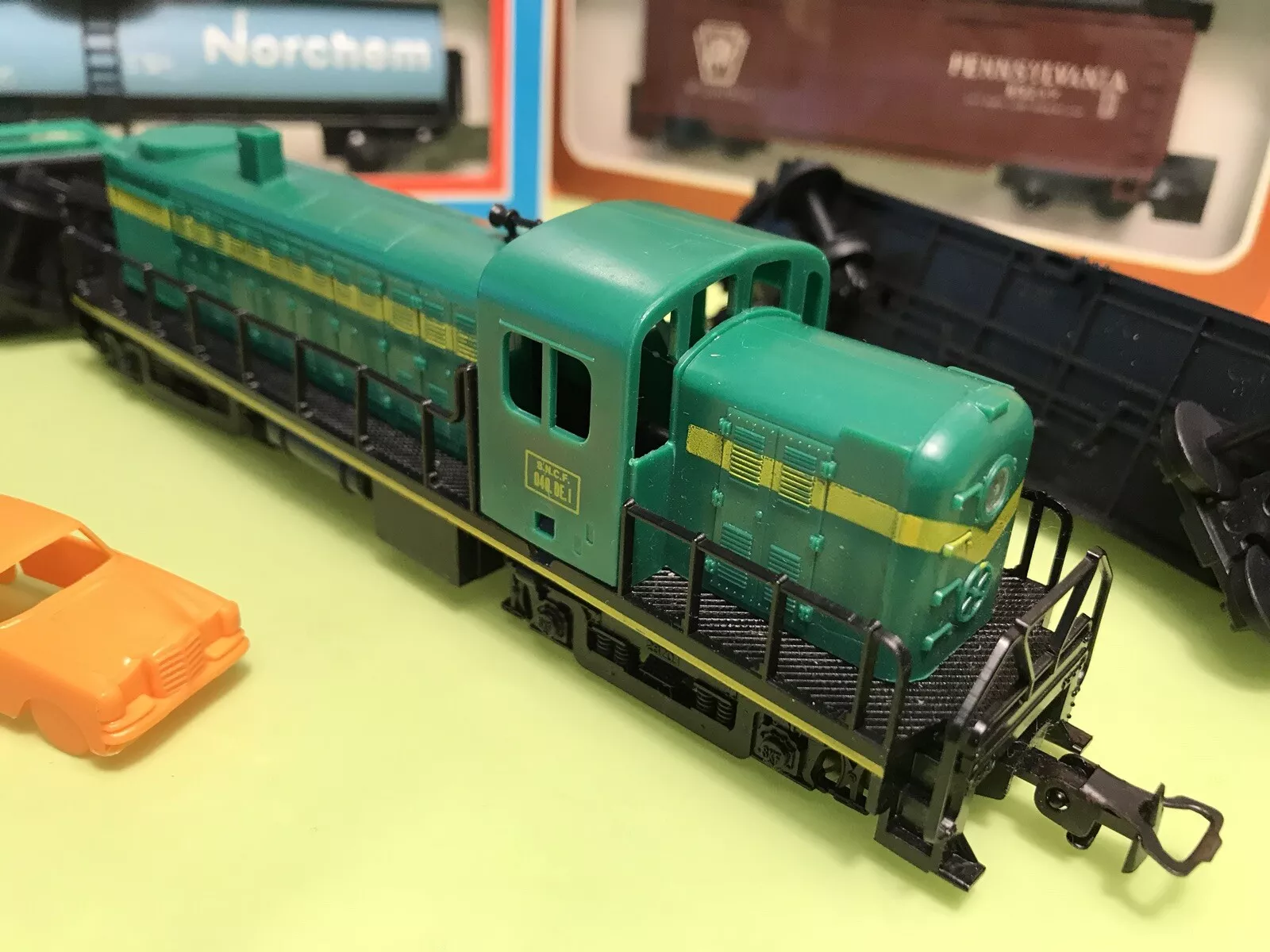
Model trains marked “Made in Yugoslavia” aren’t just anomalies — they’re artifacts from a brief, fascinating period in Cold War manufacturing. Produced in limited runs by state-backed firms in a non-aligned socialist republic, these trains weren’t widely distributed, but they’ve survived in basements, flea markets, and estate auctions across Europe and North America.
Today, their rarity, unusual styling, and geopolitical backstory make them a growing point of interest for collectors chasing obscure European models.
Why Were Model Trains Made in Yugoslavia at All?
Yugoslavia in the mid-20th century was a unique player on the global stage. Unlike the Soviet Union and its satellite states, Yugoslavia charted an independent path under Josip Broz Tito — opening trade with both East and West. That independence extended to industrial goods, including consumer toys and hobby products.
In the 1960s–1980s, Yugoslav factories produced a modest number of model trains, largely for export. These trains weren’t always technically advanced, but they were accessible, affordable, and increasingly sought after today for their backstory as much as their function.
The Brands Behind Yugoslavia’s Model Trains
While Yugoslavia never had a Lionel- or Märklin-level hobby titan, several legitimate manufacturers exported working HO-scale train sets. Here are the two most significant:
Mehanotehnika (Now Mehano) – Izola, Slovenia
The most enduring name in Yugoslavian train production is Mehanotehnika, based in the coastal town of Izola (in present-day Slovenia). Founded in 1952, the company was originally known for wind-up tin toys and mechanical amusements, but by the 1960s it began producing electric train sets under the Mehanotehnika name.
These trains were generally HO scale, molded in lightweight plastic, and modeled loosely after Central European locomotives. While the detail level was modest, the sets were functional, colorful, and — importantly — exported throughout Western Europe.
After the breakup of Yugoslavia, the company rebranded as Mehano, and by the 1990s had evolved into a full-featured model train manufacturer, producing digital command control (DCC)-ready sets. While modern Mehano products are better known, the vintage Mehanotehnika sets are now niche collector items with growing appeal.
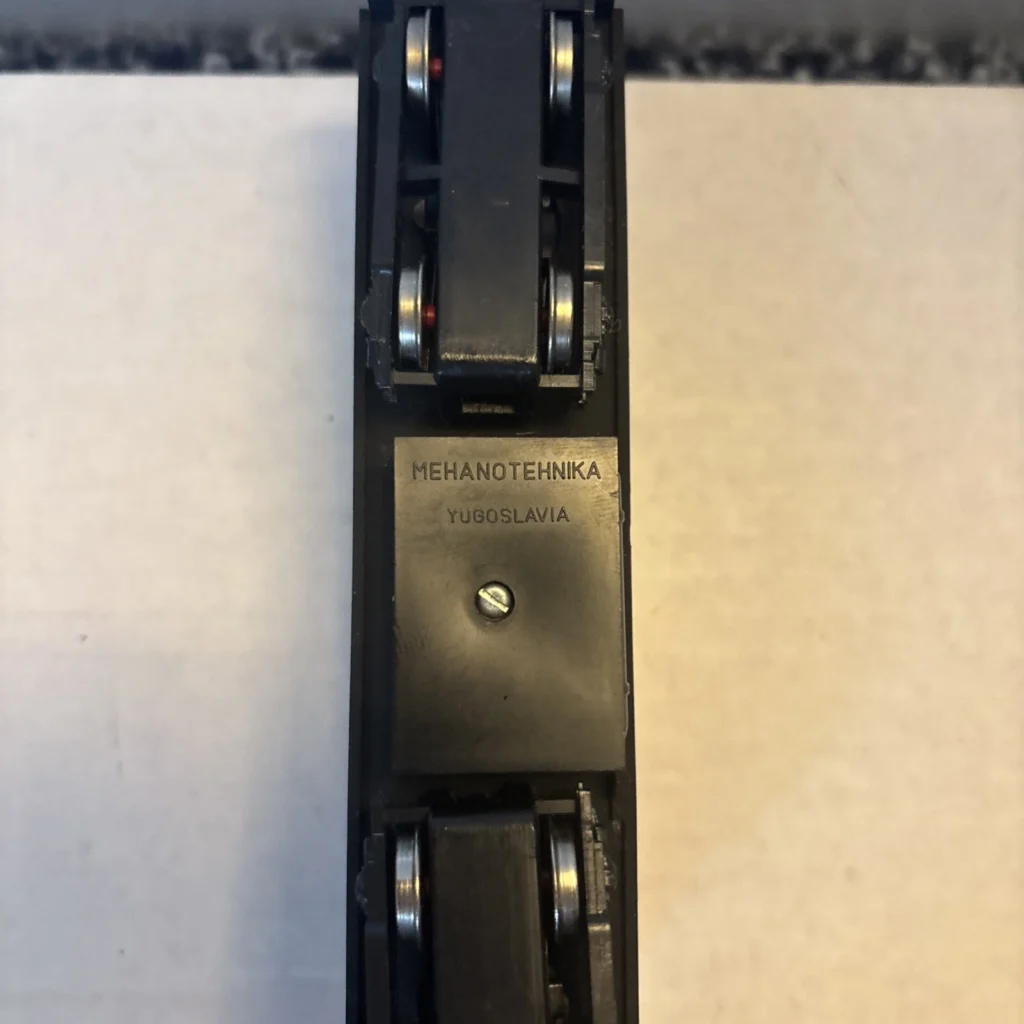
ITM (Industrija Tehničke Mehanike) – Slovenia
Another lesser-known producer was ITM, short for Industrija Tehničke Mehanike. Based in the former Yugoslav republic of Slovenia, ITM manufactured HO-scale train sets in the 1970s and 1980s.
Unlike Mehanotehnika, ITM sets were often rebranded and exported under generic European retail names, making them harder to track today. Some locomotives were sold in department stores in Germany and France, occasionally packaged with “Made in Yugoslavia” stamps or stickers but no overt brand identification.
These sets are harder to find, but when identified, they’re often prized for their quirky styling and Cold War-era packaging.
Identifying Yugoslavian Train Sets
Because Yugoslavian model trains were often exported under different brand names or distributed as budget products, identifying them can be tricky. Here are a few clues:
- Markings: Look for “Made in Yugoslavia” molded into the plastic base of the locomotive or printed on the original box.
- Styling: Many trains are HO scale with molded plastic bodies and simplified detailing. Bright colors and generic liveries were common.
- Packaging: Boxes were usually cardboard with multilingual labeling. Some export sets featured art-deco-style illustrations or blocky 1970s typography.
- Power Systems: Older sets may include European-style wall plugs or rudimentary DC transformers with minimal safety features.
Because of their obscure branding, many Yugoslavian pieces are hiding in plain sight — often lumped in with Eastern Bloc or German knockoffs on secondary markets like eBay.
Are They Valuable?
Trains made in Yugoslavia are rarely worth hundreds of dollars, but they are increasingly sought after by collectors focused on international or Cold War-era models.
Here’s what to expect:
| Item Type | Estimated Value (USD) |
|---|---|
| Loose locomotive | $15–$40 |
| Complete set (used) | $50–$120 |
| Complete set (boxed, mint) | $100–$200+ |
| Rare exports or rebranded kits | $150–$300+ (rare) |
Collectors are primarily motivated by scarcity, curiosity, and the geopolitical context — not performance specs or prestige. If you’re wondering about the broader valuation of vintage pieces, check out Are Model Trains Worth Anything? A Collector’s Guide to Value.
What Makes Yugoslavian Trains Unique?
Unlike many mass-market brands of the time, Yugoslavian trains reflect a different philosophy of production. These weren’t just toys — they were export tools, industrial products designed to demonstrate Yugoslavia’s manufacturing capabilities during a time of global division.
What sets them apart:
- Cultural Hybridism: Designs often combined Eastern European industrial aesthetics with Western-market aspirations.
- Packaging & Typography: Cold War-era fonts and layouts create nostalgic appeal.
- Low Survival Rate: Because these were often treated as cheap toys, few complete sets survive in good condition today.
These features make them especially attractive to collectors chasing rare brands and international variants — not just prestige sets like Lionel or Märklin.
Where to Find Them Today
Yugoslavian trains are most often found through:
- eBay listings, especially mislabeled or generic “vintage European train sets”
- Estate sales with Cold War-era European imports
- Flea markets in the Balkans, Germany, or Italy
- Collectors forums and vintage toy groups that trade obscure brands
When buying online, look for keywords like “Yugoslavia,” “Mehanotehnika,” or “Izola,” and don’t be afraid to ask sellers for close-up photos of brand stamps or undercarriage markings.
For eBay buying tips, especially for lesser-known vintage gear, see Vintage Lionel Sets on eBay: What to Look for Before You Buy.
Should You Add One to Your Collection?
If you’re building a collection focused on high-performance DCC setups or hyper-detailed modern models, these probably aren’t for you.
But if you value:
- Historical backstories
- Geographic rarity
- Offbeat, Cold War-era design
- Trains your buddies have never seen before
…then a vintage Yugoslavian set might be the perfect conversation piece.
These aren’t just trains — they’re relics of an industrial experiment, frozen in plastic, and ready to find a second life on a new collector’s shelf.
Final Thoughts
Yugoslavia’s brief foray into model train production has left behind a limited but fascinating legacy — one that blends Cold War politics, export economics, and childhood nostalgia into a single piece of rolling stock.
They’re not the best-known. They’re not the fanciest. But that’s exactly why they’re worth chasing.

